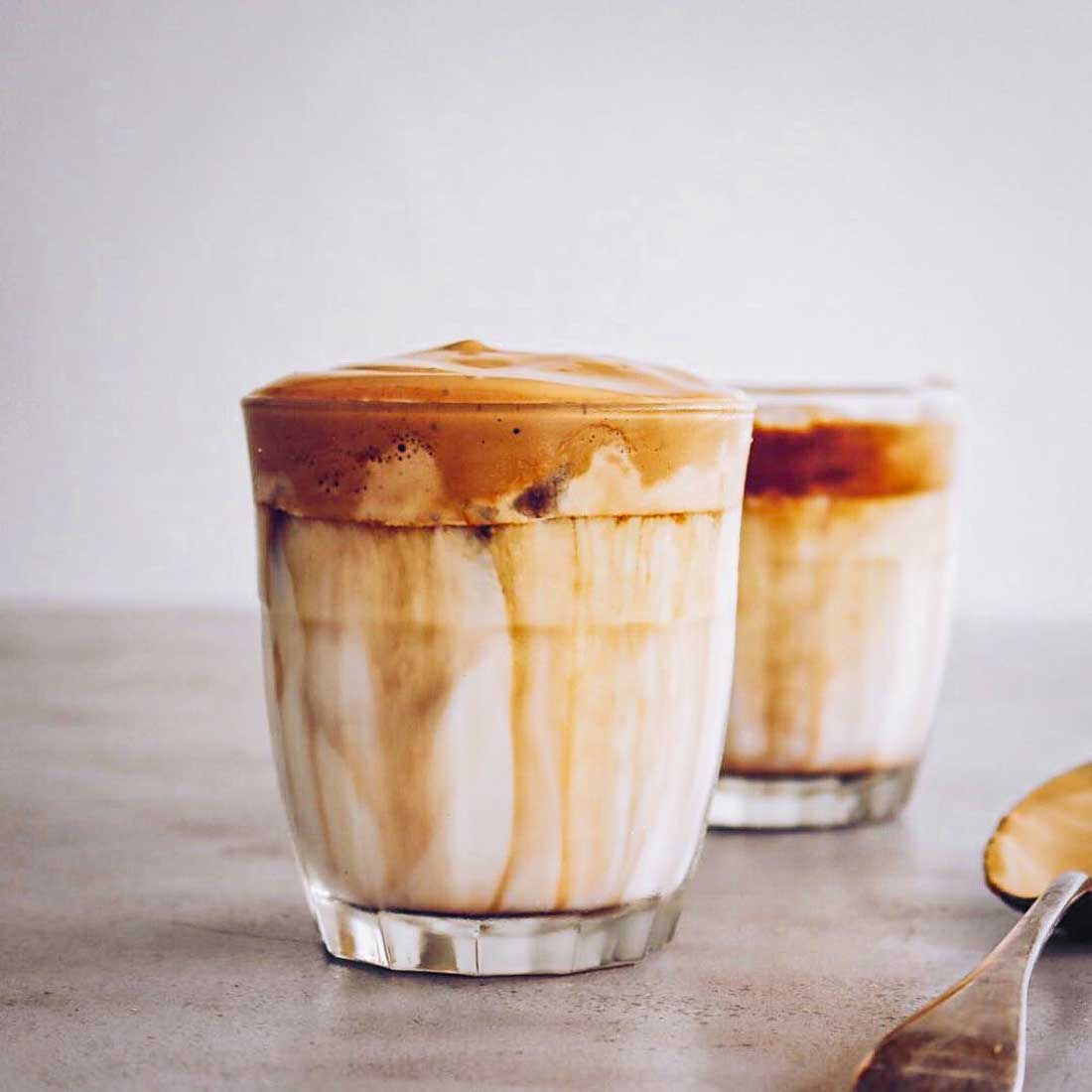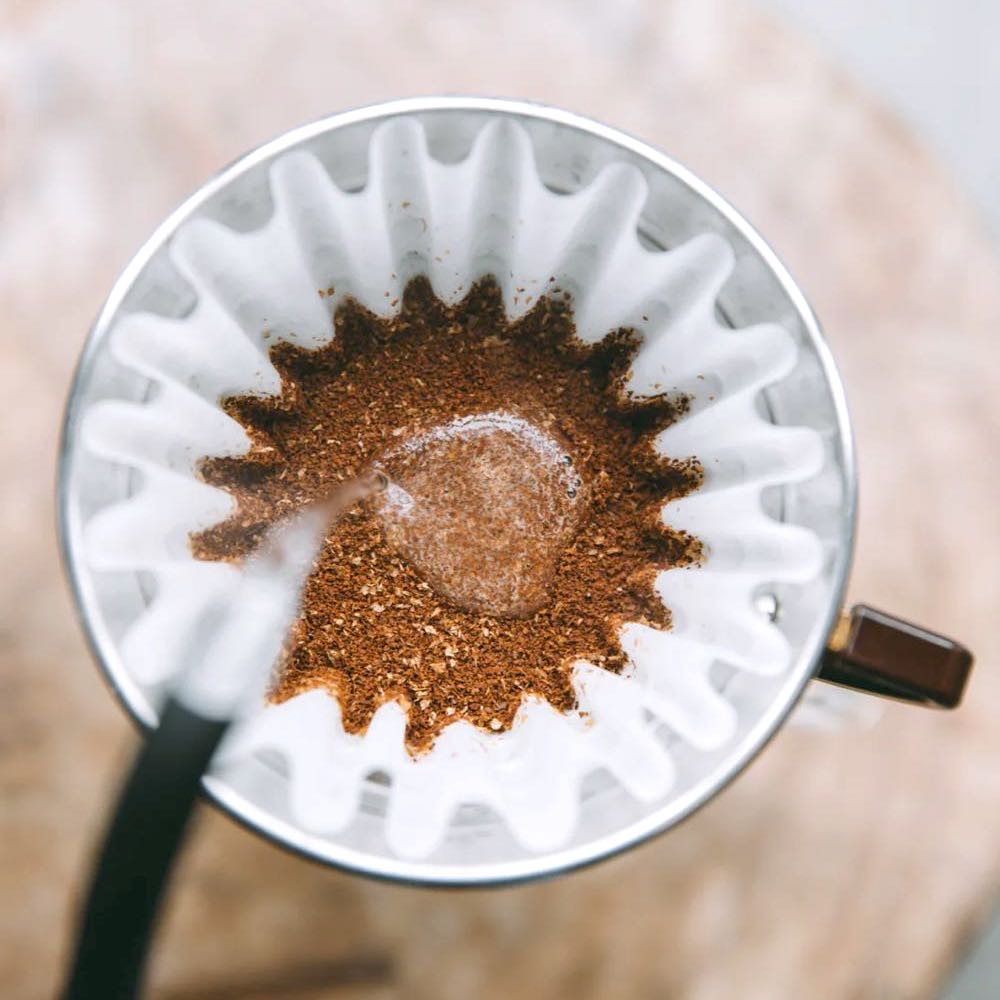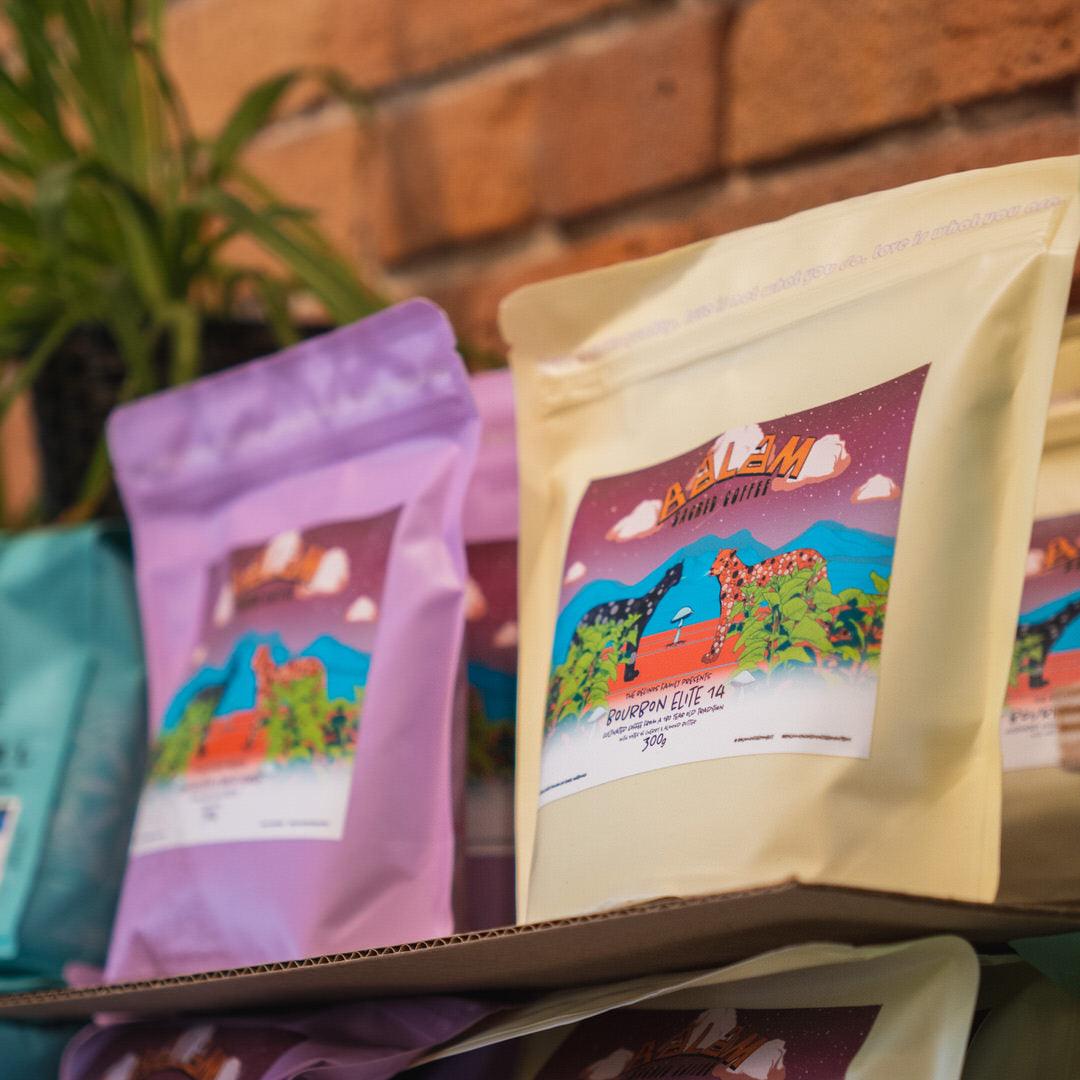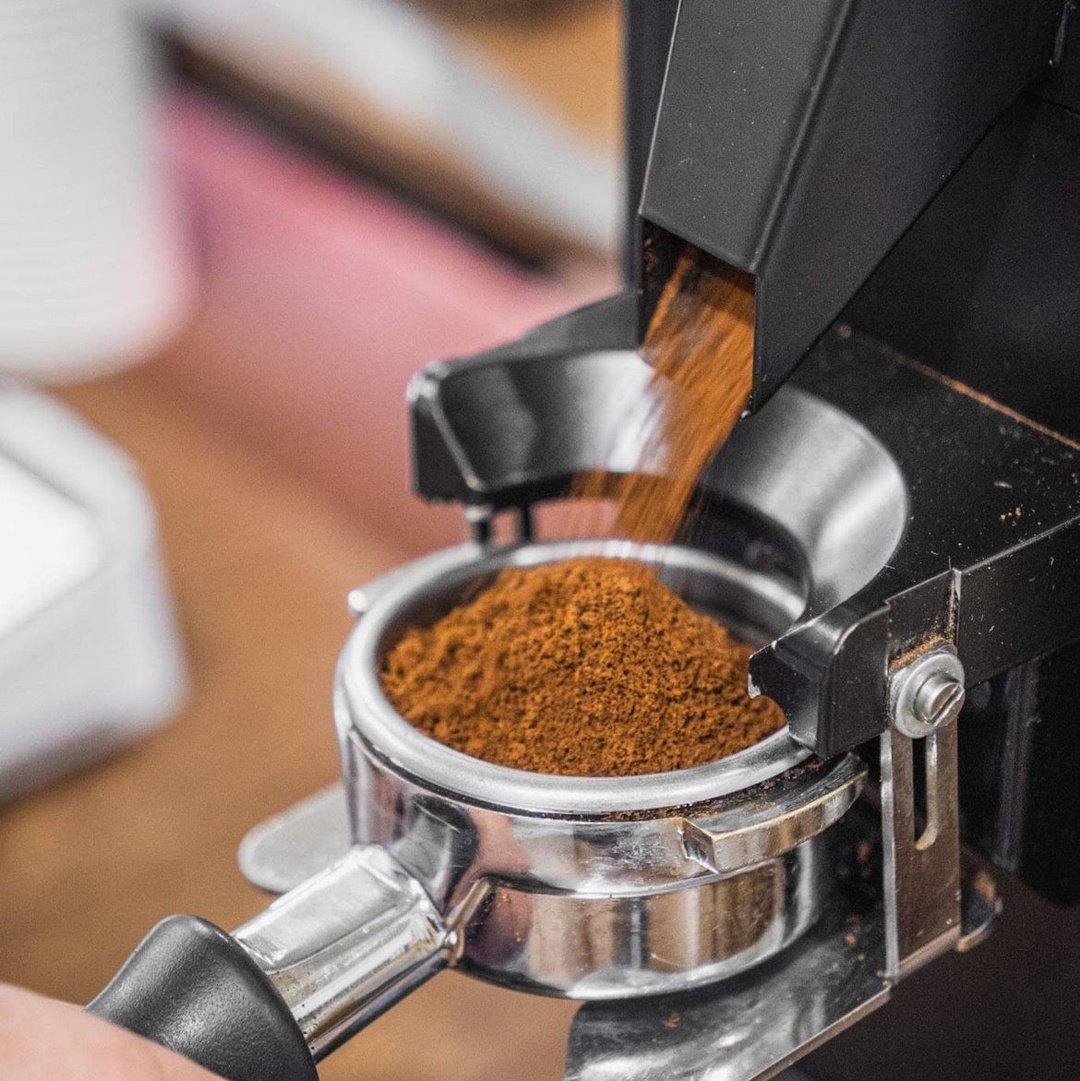Let's face it, most of us are addicted to coffee. If you're new to buying coffee or want to buy better coffee, it can sometimes be overwhelming. There are so many choices! Light roast or dark? Strength? Tasting notes? Where should you even buy coffee?! There's an entire world of different coffees and brewing methods out there, and it can be daunting trying to figure out what you like. If you're feeling lost, don't worry. That's why I've put together this little guide to help you shop for coffee like a pro.
Roast Date vs Best Before Date
There's a lot of confusion out there about best-before dates and roast dates. To clear things up, let's start with the best-before date. This is the date that the coffee company recommends you drink the coffee by, to get the best possible flavor. Honestly, it's not really accurate. It's there because of a requirement. Coffee will go stale quicker but will still be safe to consume.
Understanding the roast date of your coffee beans is essential as it provides valuable insight into when the beans were roasted. Generally speaking, light to medium roasted beans are considered to be at their peak flavor 4-8 weeks after being roasted, while dark roasted beans are at their finest 3-5 weeks after roasting. While coffee that has surpassed these recommended timelines may still be consumable, it may not provide the most optimal flavor profile.
Whole beans
There are some clear advantages to buying whole beans. For one thing, whole beans tend to stay fresh longer. Ground coffee loses its flavor quickly after being ground. In addition, buying whole beans gives you more control over the grind, allowing you to customize the grind to suit your preferences and brew method.
Traceability
What is coffee traceability? In short, it's the ability to track where your coffee came from, who grew it, and how it was processed. Traceability allows you to find out more about the origins of your coffee and learn about the people who grew it. Transparency is key and great coffee will make the information available. Forward Coffee Imports is one of them.
It usually means that the coffee is high quality. This is because, for a coffee to be traceable, every step of the supply chain must be documented. This costs money so it's only worth it if it's a quality coffee. If you're looking for the best quality, make sure the coffee's origin is easy to trace down to the region and the farm or cooperative.
Where to Buy Coffee
In today's world, coffee is readily available in various locations, ranging from supermarkets to gas stations. However, for those who seek the most delectable coffee, purchasing from a specialty roaster or an online retailer is recommended. These businesses meticulously source their beans from top-quality growers and roast them to perfection, ensuring the best flavor possible. Moreover, buying coffee online grants access to a broader range of varieties that may not be available at local stores.
Supermarket
It is common to come across supermarkets that offer coffee beans of reasonable quality. Nonetheless, it is essential to note that such outlets face the significant drawback of lengthy distribution times. The beans may sit on the shelves for an extended period, which ultimately affects their freshness and flavor profile.a
Coffee Shop
Purchasing coffee at a coffee shop has its advantages and disadvantages. The upside is that you typically acquire fresh beans that have undergone roasting within the past week or two. However, the downside is that you may not have an extensive variety of options, as the coffee shop might solely offer a couple of distinct bean selections.
Roaster or Online
Purchasing coffee beans from a local roaster has its perks, such as the ability to sample various blends before committing to a full bag purchase. Additionally, you will enjoy the freshest coffee possible with this option.
On the other hand, the vast online marketplace offers an abundance of premium coffee options sourced from different parts of the globe. Moreover, online retailers typically deliver the coffee straight to your doorstep. It is crucial to ensure that the roast date is recent to ensure optimal freshness.
Strength
Strength is kind of a convoluted term. It doesn't mean quite the same things as you might think. You might see it in supermarkets and it usually means the roast level. In specialty coffee, however, it usually refers to the brewed coffee ratio. When a company says that a coffee is strong, they usually mean that it is darkly roasted.
Selecting the appropriate roast level for your coffee is a matter of personal preference, as each roast variety has its own unique flavor profile. Light roasts tend to have a higher level of acidity, while dark roasts tend to be more bitter in taste. Medium roast coffees, on the other hand, provide a pleasant balance between the two extremes. If you are uncertain about which flavor profile you prefer, beginning with a medium roast would be a suitable starting point, and from there, you can adjust accordingly to suit your taste.
Flavor Profiles
Tasting Notes
When procuring specialty coffees, it is common to come across tasting notes on the bag. Similar to wine-tasting notes, these annotations are intended to provide the consumer with a semblance of the anticipated flavors. They function as a marketing tool to promote the coffee and aid patrons in discovering flavors that appeal to their individual preferences.
However, just because a coffee has certain tasting notes does not mean that it is flavored with those things. For example, a coffee may be described as chocolaty even though there is no chocolate in it whatsoever! Tasting notes should be taken with a grain of salt!
These tasting notes are generated during the cupping process , which is basically a formal way of saying coffee tasting.
Processes
There are different processing methods used on raw coffees , which can affect the final flavor. The three most common methods are the natural process, the washed process, and the honey process.
The natural process results in fruity flavors due to the fermentation process. Washed coffees tend to be more clear and vibrant as they let the bean shine though. Honey process falls somewhere in between for sweetness and fruitiness.

Extra coffee tip!
If your coffee roaster is always changing their coffee offerings, it's a good thing. Coffee is harvested at different times around the world. Fresh raw coffees taste way better!
Now that we have covered all the necessary information on buying coffee like a pro, you are fully equipped to make an informed decision when selecting your next cup of joe. Keep in mind that there is no one-size-fits-all answer when it comes to picking the ideal coffee, as personal preferences vary widely. To find your perfect match, don't hesitate to try out various roasts, origins, and processing methods until you find the one that tantalizes your taste buds just right. Enjoy your coffee drinking experience to the fullest!








Comments
There are no comments.
Your comment